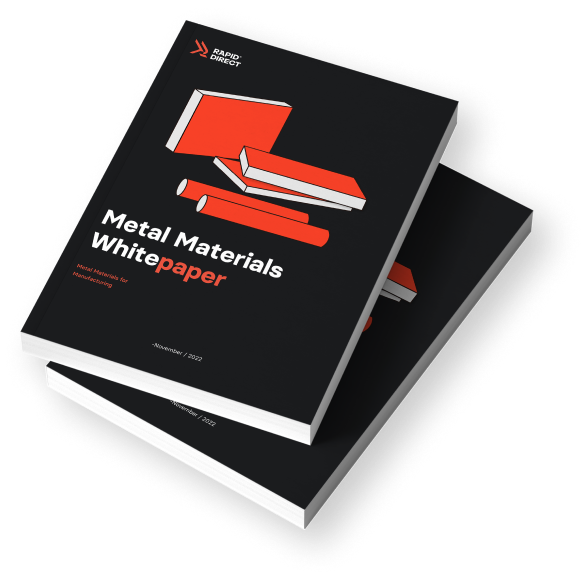Sheet metals are an important component of many industrial processes. They are highly-valued materials resourcefully used in making different products in various industries. Different types of sheet metals are employed in different industrial sectors.
This article will take a closer look at the different types of sheet metals used in rapid prototyping. This article will introduce the sheet metal definition, its applications, and the types of sheet metals.
Applications of Sheet Metals
Sheet metals are flat and thin pieces produced via an extensive cold working process. This includes forming, splicing, riveting, cutting, shearing, etc. Sheet metal thickness is usually below 6mm. However, with the surge in technology development, especially those used in rapid prototyping, sheet metal varies in thickness.
Product Applications
Sheet metal is fundamental to many industrial processes since many works come from it. However, they are more used in rapid prototyping because of the easy process. Below are a few applications of sheet metals.
● Brackets
Sheet metals are important in building custom brackets and different components. This is because these components require corrosion resistance and lightweight properties. For hardware and fasteners, sheet metals are the ideal materials for building them.
● Enclosure
Sheet metals offer an affordable way to manufacture product device panels. Here, they are ideal for making casings, and boxes for various applications. More so, for enclosures of all styles, including “U” and “L” shapes, rackmounts, consoles, and consoles, sheet metal is the perfect fabricating material.
● Chassis
Sheet metals are ideal for making chassis to house electromechanical controls. This ranges from large industrial testing equipment to small handheld devices. The chassis is built carefully to ensure alignment of the hole pattern and different parts.
Industry Applications
Sheet metal is also used in many industrial manufacturing processes. For example, the electronics and lighting industries use to make parts used in air conditioners, laptops, radios, etc. The automotive and aviation industry also uses sheet metals to make vehicles’ body parts.
Types of Sheet Metals
There are different types of sheet metals used in rapid prototyping. In this section, we will introduce more as we discuss each of them in detail.
Stainless Steel
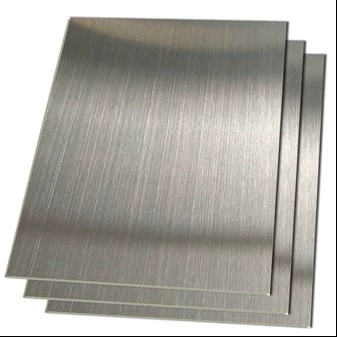
Stainless steel is arguably the best type of sheet metal. It combines both durability and attractiveness to make itself one of the best in the market. Stainless steel comprises 13% Chromium, Nickel, and Molybdenum.
It comes in different types, which are:
- Austenitic steel sheets.
- Martensitic steel sheets.
- Ferritic steel sheets.
It is strong and highly resistant to moisture. Therefore, it will retain its strength and nature even when exposed to environmental conditions such as rain, salt, and acid. Because of its properties, stainless steel sheet metal is a major part of the construction industry.
Copper Steel Metal

Copper sheet metal has zero composition of additional metals. It is electrically conductive, making them applicable to making conductors. It is also resistant to corrosion, durable, and strong.
Copper sheet metal is applicable for rapid prototyping purposes. Their conductive nature makes them the right types of sheet metals used in making electronics, architecture, jewelry, and ornaments, and decorative art.
Aluminum Steel Metal
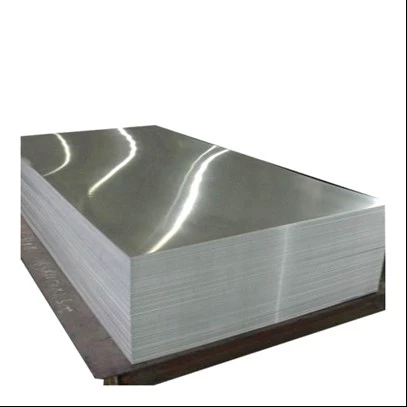
Unlike the already discussed types of sheet metals, Aluminum steel metal is soft and delicate. Due to its fragile nature, it is exceptional for rapid prototyping.
Some operation needs to enhance their strength and durability. Therefore, there is an addition of metals like copper, silicon, and iron.
Aluminum sheet metal has a brittle nature. It is ductile and malleable (pressable into different shapes without cracking).
Aluminum steel metal has about four grades. Each grade has a diverse nature, which, to a large extent, determines its applications. The grades include:
- Grade 1100: Chemical resistant, relatively low strength, ductile and weldable.
- Grade 3003; Corrosion-resistant, relatively stronger, and affordable.
- Grade 5052; Resistant to corrosion, weldable, and way stronger.
- Grade 6061; Not formable, very strong.
Aluminum steel sheets are components of many electronics such as fan blades. They are also used in construction in making roofing, etc.
Galvanized Steel Metals
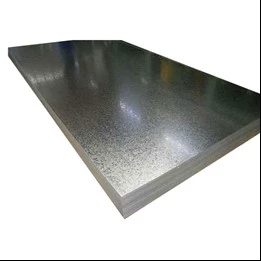
There are two subtypes of galvanized steel metals classified based on the galvanization process employed. Below is an explanation of the two subtypes.
- Hot Dipped Metallic Coated Sheet
This type of sheet metal steel is coated with quality zinc for durability and strength. Like the name, it is pre-treated with a hot-dipped metallic process. Also, there is an inspiration for anti-fingerprints coatings on the metal sheet.
- Electro-Galvanized Sheets
Electro-galvanized steel sheets are more expensive than hot-dipped metallic coating sheets. They are also mostly preferred in mechanical applications.
It has base steel of cold rolled annealed steel and is prepared by electroplating the base steel with a thick and pure zinc coating. The base steel absorbs the zinc coating.
Galvanized sheets are for insulation purposes. They are the right sheet metal for constructing canopies, handrails, bolts, etc. They also provide maximum heat resistance to heat and are very durable.
Mild Steel Sheet
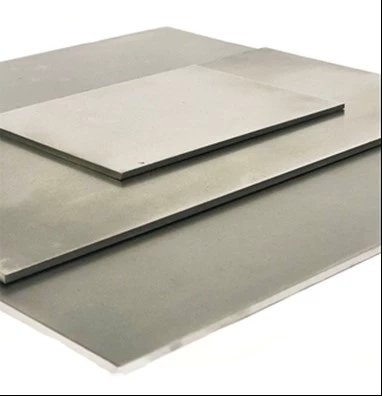
Mild steel sheets are another alternative for steel sheets. This type of metal sheet is neither too ductile nor brittle. They are easy to manufacture, versatile, and affordable. This makes them applicable in the automobile and construction industries.
Things to Consider When Buying A Sheet Metal
Knowing the type of sheet metal is not the only thing. It would be best if you understood what you need to consider when choosing a sheet metal. Most things you have to consider come in terms of material properties. Below are some important properties to look out for.
● Hardness
This explains the ability of the sheet metal to restrain hard pressing into its surface. There are three types of hardness: Brinell hardness, Vickers hardness, and Rockwell hardness.
Be sure to choose the type that fits your project work.
● Tensile Strength
Another factor you should consider before getting a sheet metal is tensile strength. Tensile strength determines the maximum load that a metal sheet can carry without fracture.
In simple terms, it explains how much tension the metal sheet can resist. That is a reference for how strong the metal sheet is.
● Maximum Temperature
The next factor is the maximum temperature of sheet metals. Maximum temperature records the average maximum and minimum temperature of the metal over some time.
Temperature affects a sheet metal’s property. For example, an increase in temperature will lead to an increase in electrical resistance and vice versa.
● Malleability
It would help if you also considered how easy it is to shape the metal sheet. This depends on the type of project you need the metal sheet for. Sheet metal should seamlessly be flattened or stiff to a thin sheet when required. So, ensure the malleability of the metal sheet you’re buying suits your project work.
● Elongation Ratio
The last plastic pointer of good sheet metals we will consider is the elongation ratio. It explains the ratio of the elongated sample material to the ratio of the sample material after breaking.
It determines how much bending and shaping sheet metals can withstand without breaking. Choose the one that most suits your project work.
Try Rapid Direct Sheet Metal Fabrication Services
There are times when what you are choosing is not only of high price, but they are also not providing the product quality. This situation calls for an understanding of the different types of sheet metals. It also calls for choosing the right company to put your trust in. For understanding sake, our article has done justice to the types of sheet metals. However, for the right company, you have a huge guarantee of the best professional service with us at Rapid Direct in sheet metal fabrication.
Not only does our professional service help you choose suitable sheet metals for your project, but we also ensure you get good engineering support.
With almost two decades in the industry, we have strong manufacturing capabilities and reputable experts to consult and answer your questions. You can get different types of sheet metals from us at affordable prices. Interestingly, you will save 30% on average.
Conclusion
With the different sheet metal types available today, it can be very hard to select the right one. This article introduces the different types of sheet metals. It does this in the form of its applications, types. It also discussed what you need to know before choosing the right type of sheet metal. We believe that you’ve learned one or more things about sheet metals. However, you should trust us at Rapid Direct for the best sheet metal fabrication if you want the best.
FAQ
The thickness of sheet metal is commonly specified by a traditional, non-linear measure known as its gauge. The larger the gauge number, the thinner the metal. Commonly used steel sheet metal ranges from 30 gauge to about seven gauges.
There are a variety of standard sheet metal sizes including; 36″ × 96″, 36″ × 120″ 36″ × 144″.
